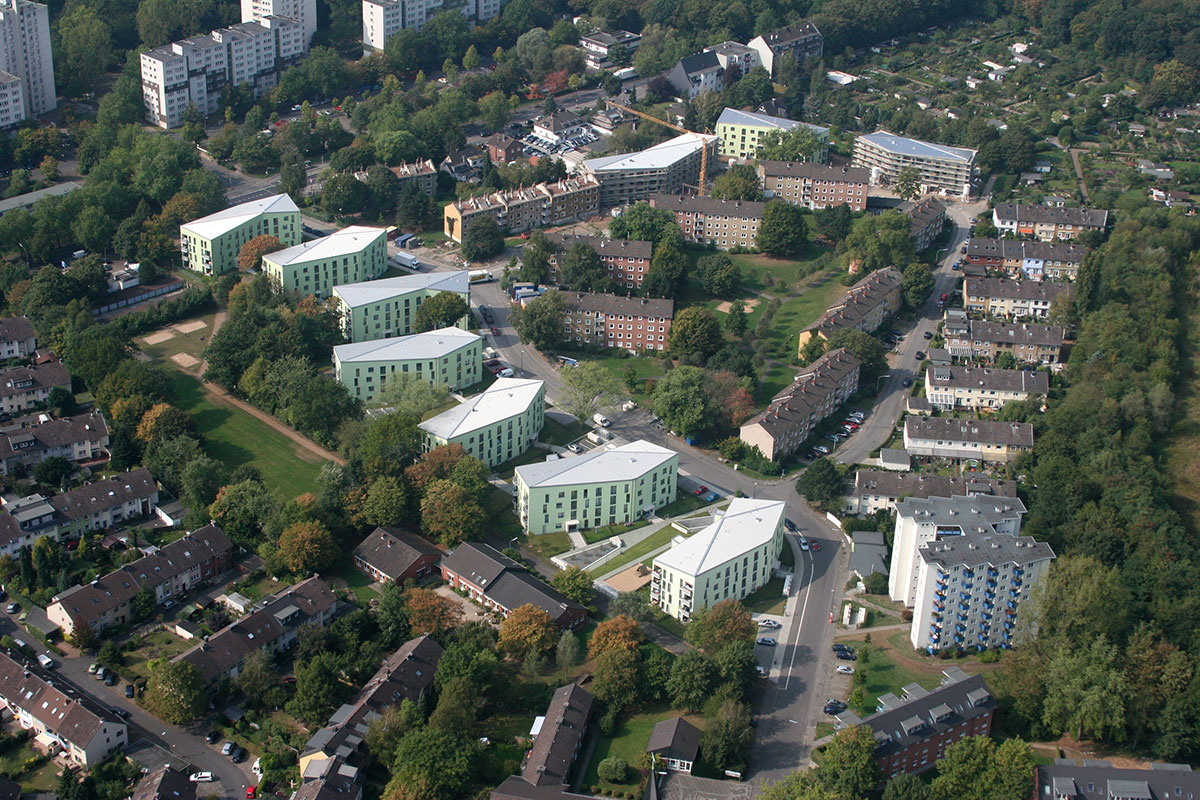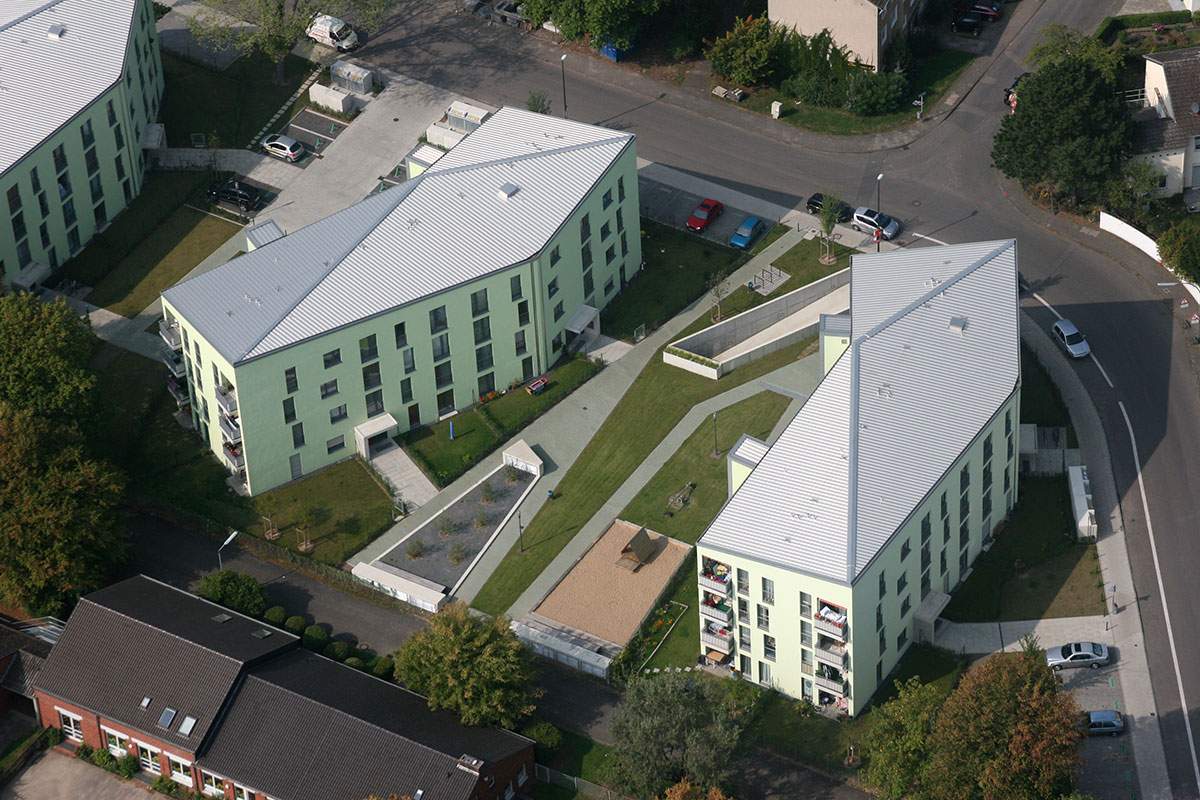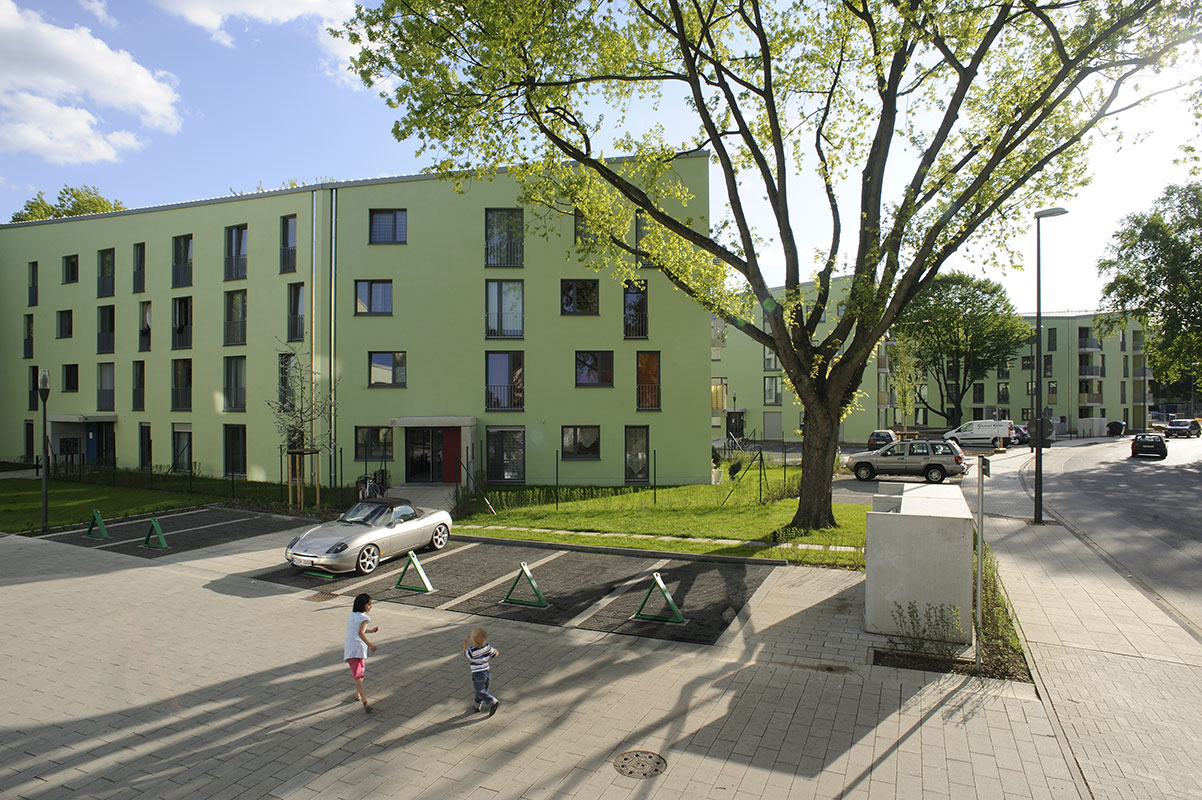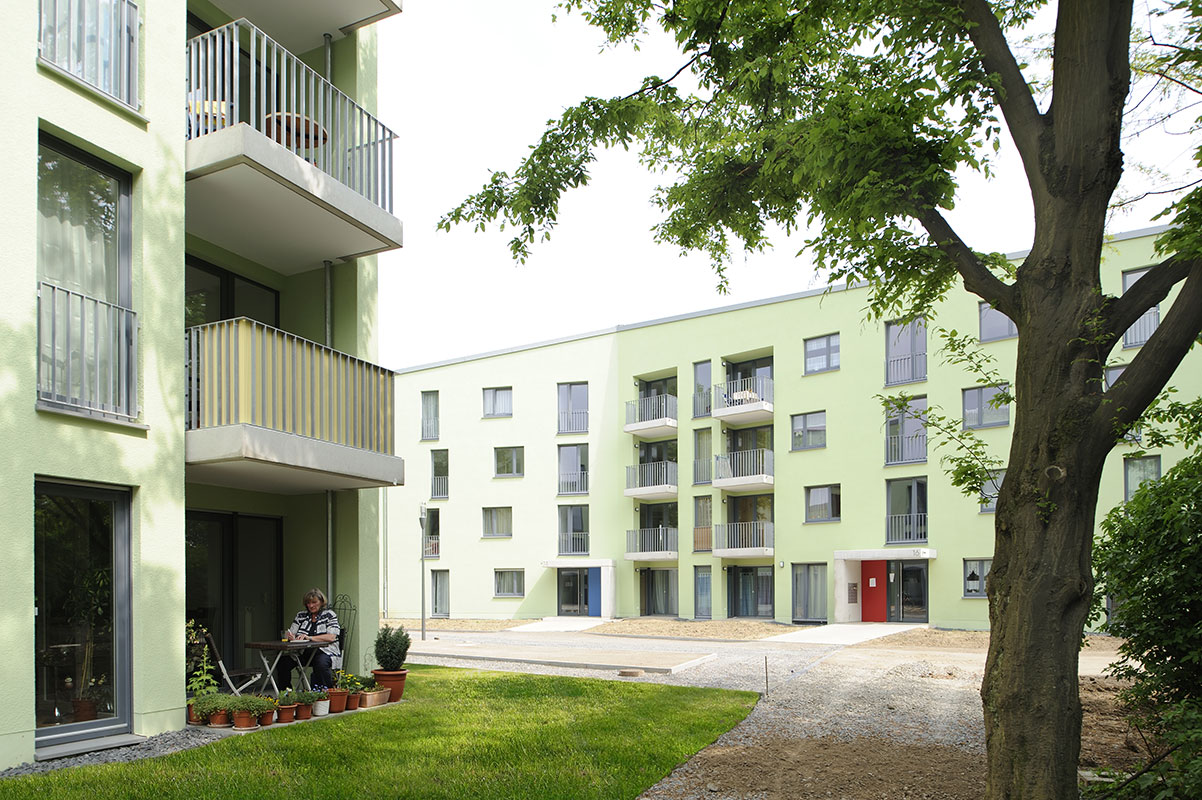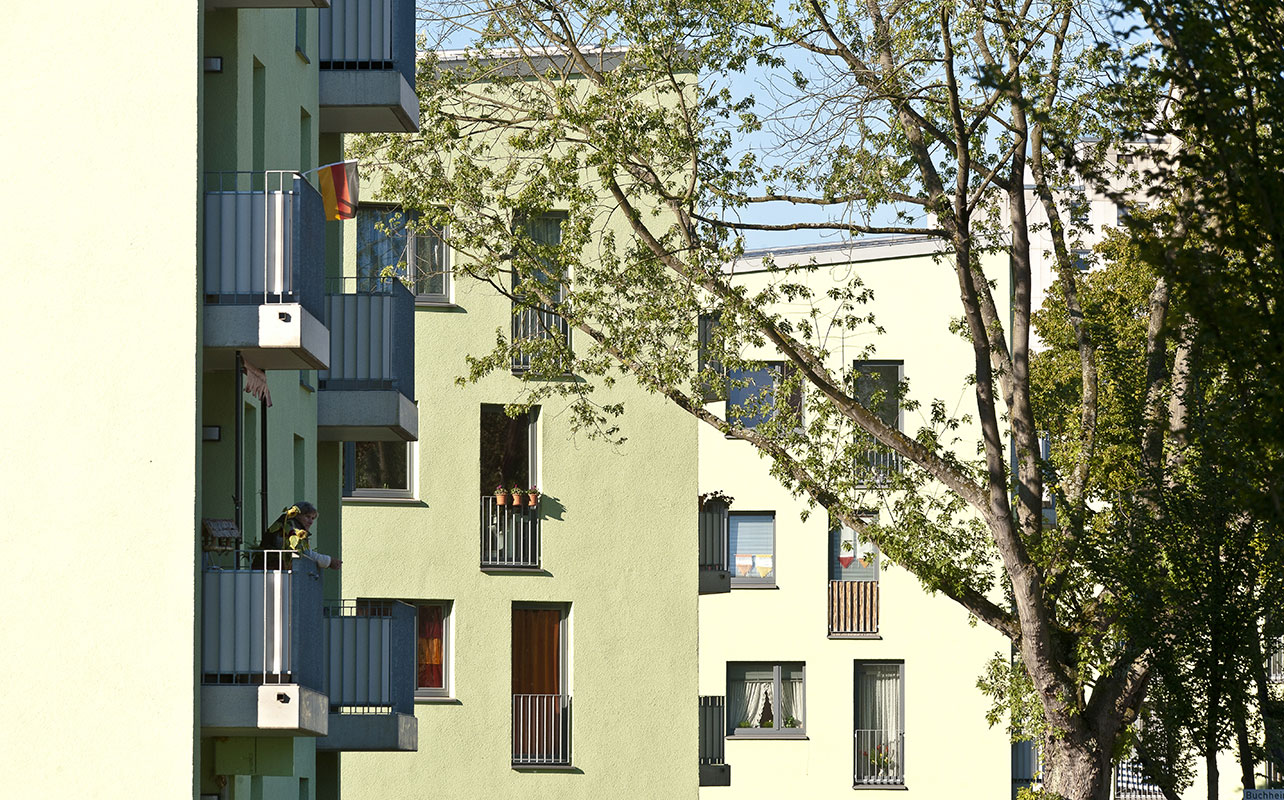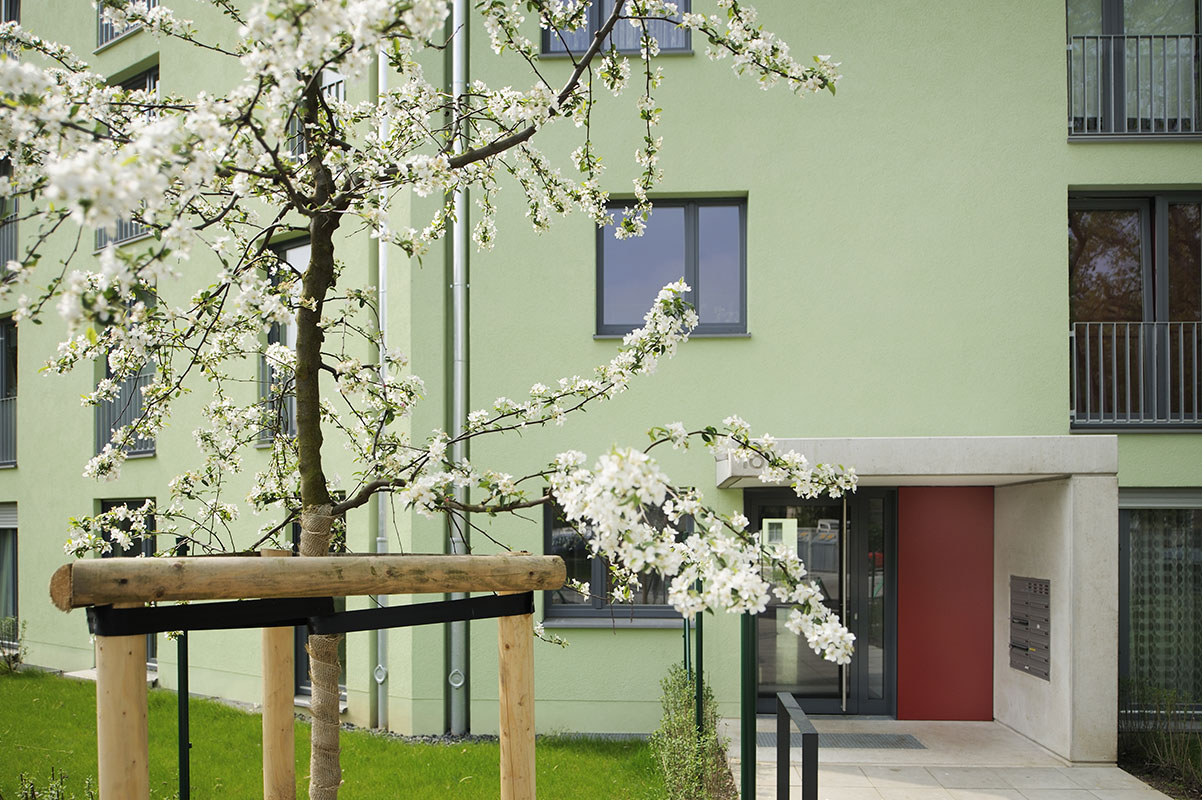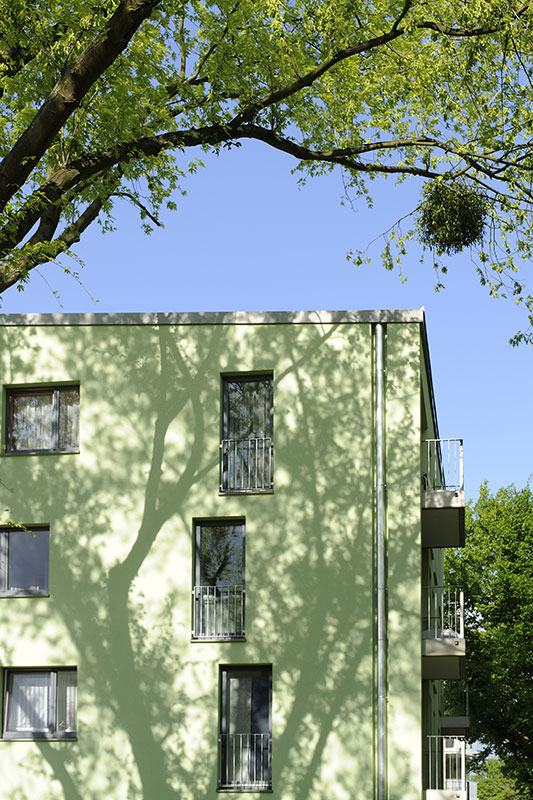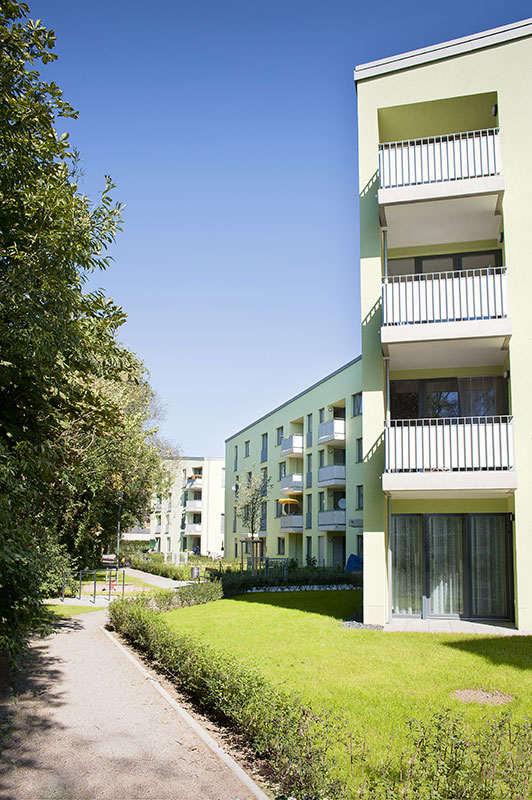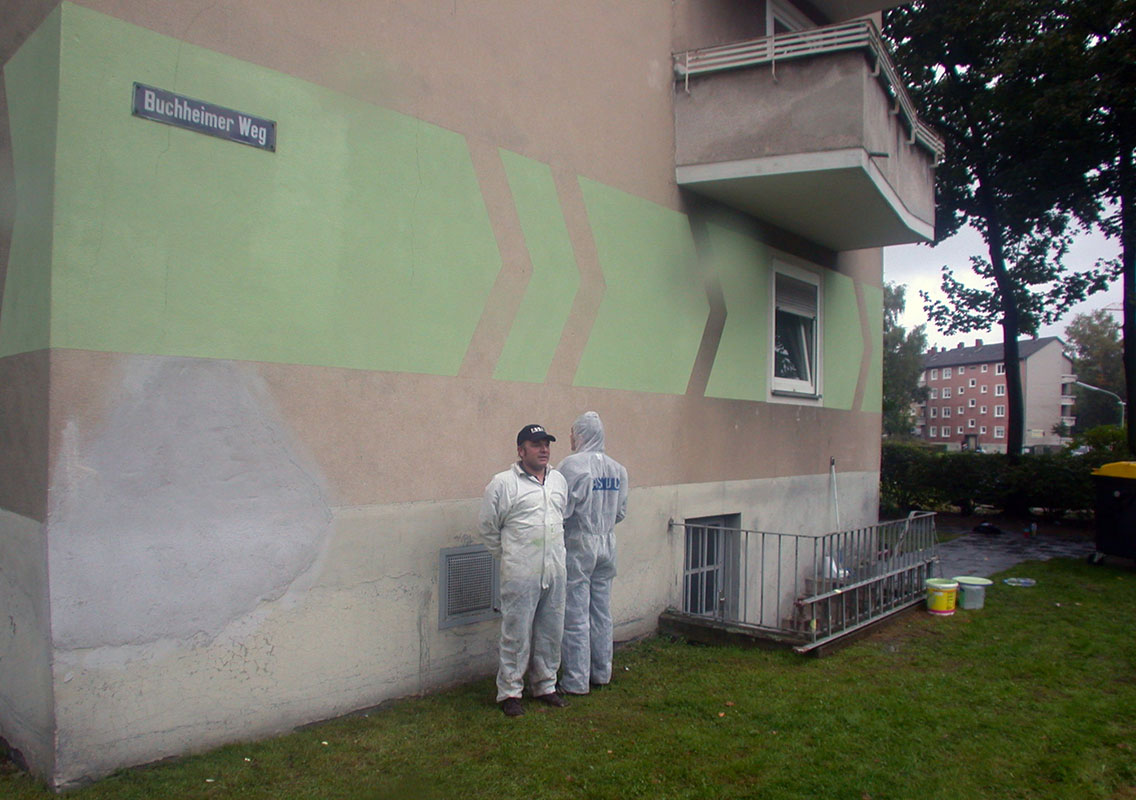NAME
Project title: Housing scheme Buchheimer Weg, Cologne (Social Housing)
Recommending party
The project has been submitted by:
ASTOC Architects and Planners, Cologne
LOCATION
Country: Germany
City: Cologne
Address:
Cologne, district Ostheim, Buchheimer Weg
AUTHOR
Designer or design team architects:
ASTOC Architects and Planners, Cologne

